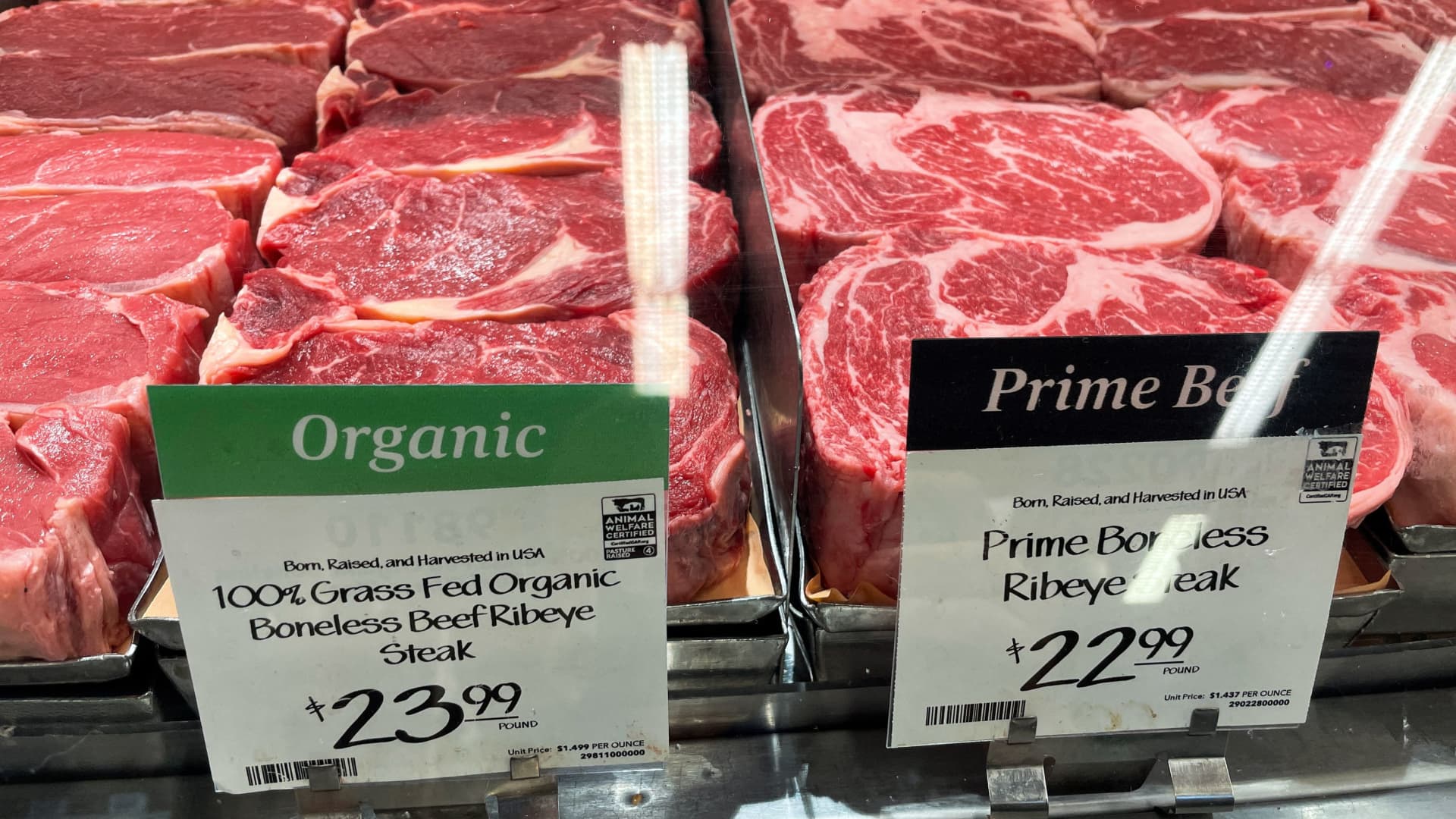Inflation doesn’t just happen at the gas pump and the grocery store. There are literally hundreds of avenues that filter into broader measures the government uses to gauge price increases.
The big three inputs for the consumer price index, the most widely followed inflation measure, are food, energy and shelter.
Combined, they make up about 54% of the CPI. More importantly, though, they are the main inputs into perceptions of inflation.
Because going to the grocery store and filling up the gas tank are activities people do a lot, they tend to notice price fluctuations in them even more. That’s particularly true for gas prices, although they actually make up only a small part of the household budget.
“Those are the basics,” said Tom Porcelli, chief U.S. economist at RBC Capital Markets. “That’s what you have to spend money on. You have to spend money on shelter, you have to spend money on food, and most of us have to spend money on energy. [Inflation] represents a meaningful challenge for consumer spending.”
But when it comes to breaking down where CPI inflation really comes from, the answer is more complicated.
In fact, the biggest component is what the Bureau of Labor Statistics calls “services less energy services.” Think big-ticket items such as shelter but also more obscure ones such as lawn care companies, veterinarian bills and car rentals. Together, that group amounts to 57% of CPI.
The next-biggest category: “commodities less food and energy commodities.” That’s household supplies, appliances and clothing, and that category makes up 21.4% of the index.
In fact, despite all the headlines that gas prices get, the two smallest weightings on the CPI both involve energy: Energy commodities, such as fuel oil and propane, make up 4.8%, while energy services, including electricity and piped gas, contribute 3.4% to CPI.
Economists, such as those at the Federal Reserve, will strip out food and energy costs and look at “core” inflation to get what they think is a better picture of inflation that excludes prices that fluctuate a lot. Core inflation in May rose 6% over the past year, while headline inflation was up 8.6%.
Even Fed Chair Jerome Powell on Wednesday acknowledged that now is probably a good time to focus on the whole of inflation.
“The public’s expectations, why would they be distinguishing between core inflation and headline inflation?” the central bank leader said at his post-meeting news conference. “Core inflation is something we think about because it is a better predictor of future inflation, but headline inflation is what people experience. They don’t know what core is. Why would they?”
The Fed is trying to tame inflation by raising interest rates, but that hasn’t made much of a dent so far.
